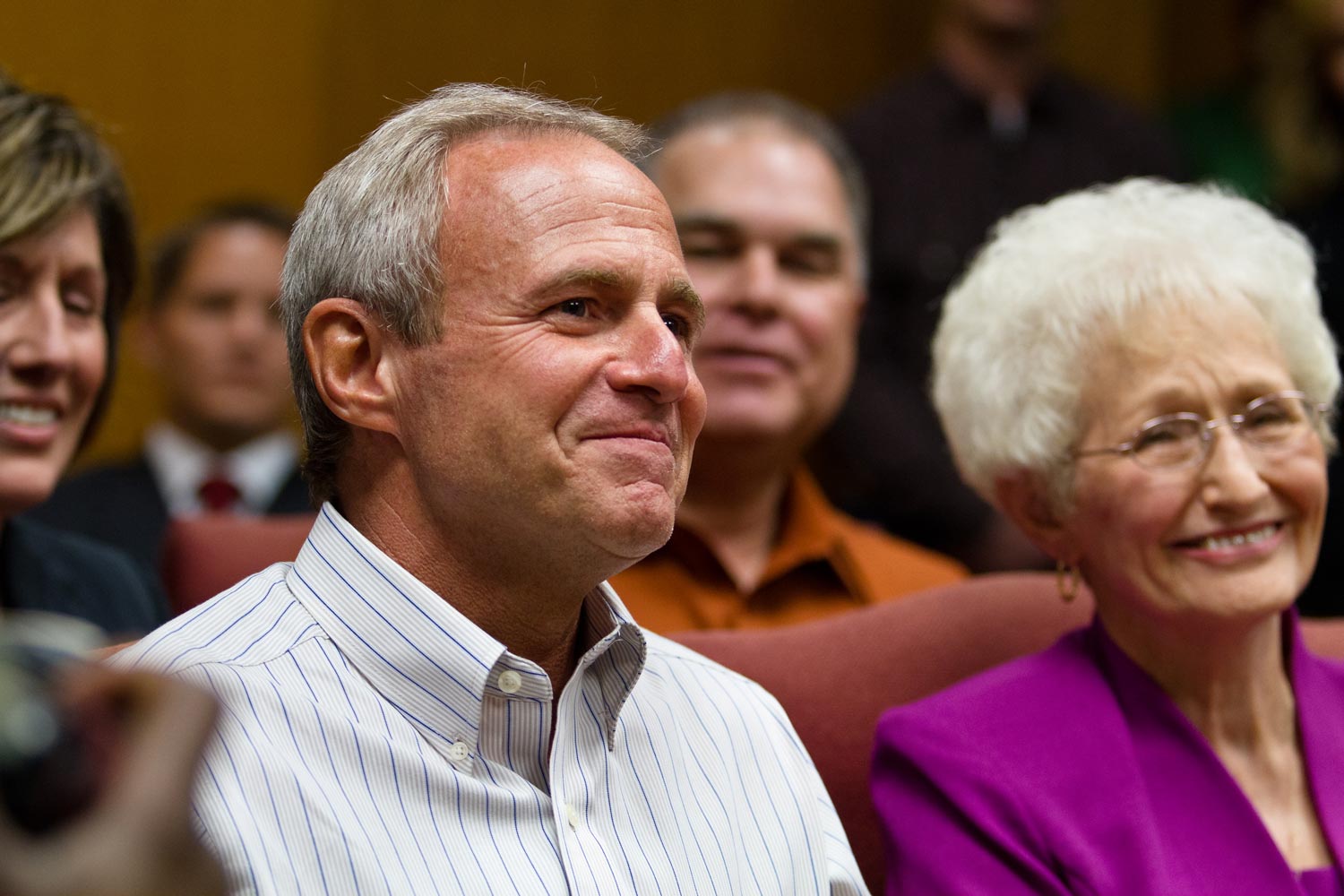25Years fighting for justice
Barry Scheck and Peter Neufeld met as public defenders at the Bronx Legal Aid Society. In 1992, they started the Innocence Project as a legal clinic at Benjamin N. Cardozo School of Law. The idea was simple: If DNA technology could prove people guilty of crimes, it could also prove that people who had been wrongfully convicted were innocent.
The duo and their team of students learned of the DNA methods through their work in the 1980s on the case of Marion Coakley–a man wrongly convicted of rape and robbery. Although the biological material had been lost after his conviction, the team proved Coakley innocent through other means and realized the power of DNA technology.
We knew that this new DNA technology would not only prove people guilty, but also prove people innocent.
Barry Scheck, Innocence Project Co-Founder and Co-Director
It’s about freeing as many innocent people as possible, addressing systemic issues, and giving back life and liberty.
Peter Neufeld, Innocence Project Co-Founder and Co-Director
3Lawyers on staff in 1992
20Cardozo Law School clinic students trained in 1992
0States with post-conviction DNA statutes in 1992
In 1988, Barry Scheck and Peter Neufeld told me, '[DNA] will revolutionize the criminal justice system.'
Ellen Yaroshefsky, Hofstra University Professor, formerly with Cardozo School of Law
Building the case for innocence, story by story.
The exonerations of Ronald Jones, Rolando Cruz and others who served time on death row in Illinois led to Governor George Ryan issuing a moratorium on death sentences in 1999. Three years later, Governor Ryan gained national attention when he commuted the sentences of more than 160 people. That same year, then little-known Illinois state senator Barack Obama introduced a mandatory recording of interrogations bill that became law. And the momentum continued to grow.
The execution of a legally and factually innocent person would be a constitutionally intolerable event.
Justice Sandra Day O'Connor, opinion from Herrera v. Collins in 1993
Spurring multifaceted reform.
Over the years, we’ve worked at the local, state and federal level to enhance the reliability and accuracy of evidence used in criminal cases. Proving people innocent through DNA forced the reexamination of the system and practice of all actors—judges, defense attorneys, prosecutors, police officers and forensic practitioners. With each exoneration, a life is restored, a family is reunited and often the person who actually committed the crime is identified.
The Innocence Project has been a leader in the expansion of the Innocence Network from a handful of tiny like-minded organizations to an international movement.
Seth Miller, President of the Innocence Network and Executive Director, Innocence Project of Florida
69Innocence Network member organizations around the world
The heart of our work has always been the belief that everyone deserves fairness and justice. Since 1992, we’ve worked to defend innocent people trapped in the criminal justice system, even when it was unpopular and seemed insurmountable. It has grown into an international movement with innocence organizations across the globe.
With each story of extraordinary resilience, we are better equipped to communicate the injustice and hardship of wrongful conviction.
See our impact
© 2017 Innocence Project - Website by Madeo

